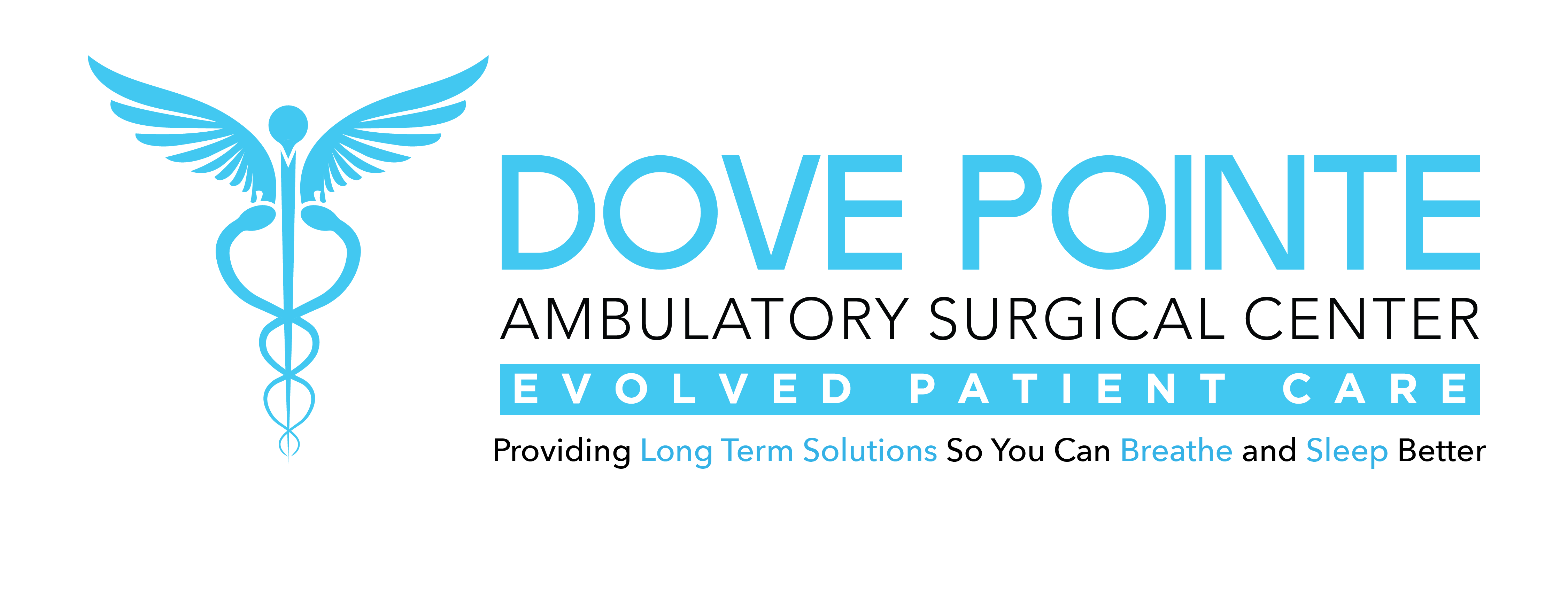Do you wake up with a scratchy throat in the morning? Coughing fits keeping you up at night? When your body produces extra mucus, you might feel it drip down or build up in the back of your throat from your nose. This is what is known as post-nasal drip and could be the very reason why you are experiencing such troubles.
The good news is that our certified McAllen physician assistant Jonathan Lerma and his sinus relief specialists at the Glatz Group, members of Valley ENT, know all there is to know about post-nasal drip and want to share this information with you--along with a few things you can do at home to help you get some relief.
It’s More Common Than You Think
Post-nasal drip is a common occurrence that has affected almost everyone at some point in their lives. The glands in your nose and throat constantly create mucus in order to combat infections and bring moisture to nasal membranes. In fact, you usually swallow the mucus without even noticing it.
It is likely that you’ve had post-nasal drip if you have experienced the following symptoms:
- Feeling as if you need to constantly clear your throat or swallow
- A cough that worsens at night
- Nausea from excess mucus moving into your stomach
- A sore, scratchy throat
- Bad breath
But What Exactly Causes Post-Nasal Drip?
Several conditions can cause post-nasal drip, but allergies are one of the most common. If you’re an allergy sufferer, it is best you steer clear of your triggers or take medicine beforehand if you know you will be exposed.
Another common cause is a deviated septum, meaning that the thin wall of cartilage between your nostrils (or septum) is displaced or leans to one side. Not only does it make one nasal passage smaller, but it can also get in the way of proper mucus drainage, which results in post-nasal drip.
Other causes of post-nasal drip include:
- Cold temperatures
- Viral infections resulting in the cold or flu
- Sinus infections
- Pregnancy
- Changes in the weather
- Dry air
- Spicy foods
- Certain medications (e.g. blood pressure and birth control prescriptions)
In particular cases, the issue causing post-nasal drip isn’t excessive mucus, but your throat’s inability to clear it. Swallowing problems or gastric reflux can make liquids accumulate in your throat, which also gives you that post-nasal drip sensation.
A Few Things You Can Do at Home
There are plenty of options to turn to when it comes to home treatments for post-nasal drip symptom relief:
- Over-the-counter decongestants like pseudoephedrine (Sudafed) can help decrease congestion and get rid of post-nasal drip.
- Newer antihistamines like loratadine-pseudoephedrine (Claritin) can work to get rid of post-nasal drip. However, these are more effective after being taken for numerous days.
- Saline nasal sprays can help moisten your nasal passageways and lessen your post-nasal drip symptoms.
- Sleeping with your head slightly elevated can also enhance proper drainage.
- Staying hydrated is equally as important to prevent post-nasal drip as it is to treat it. Drinking warm or hot liquid, like tea or chicken soup, can thin out mucus, and as usual, don’t forget to drink a good amount of water. This thins out the mucus and keeps your nasal passages moistened, relieving discomfort.
When Should I See an ENT?
Set up an appointment with your doctor if your symptoms have not gone away after attempting at-home treatments for more than 10 days, especially if you experience any of these symptoms:
- Mucus with a strong odor
- Fever
- Wheezing
These may be symptoms of a bacterial infection, which require antibiotics. However, if you think GERD, acid reflux, or trouble swallowing could be the source of your post-nasal drip sensation, your primary care physician can run tests and prescribe medications to check for other health issues.
Extra Tips to Prevent Post-Nasal Drip
The best way to prevent post-nasal drip is by reducing your exposure to allergens. Here are some additional tips that can go a long way:
- Take a daily allergy medication or get regular allergy shots (immunotherapy).
- Keep your home clean and dust-free.
- Use mattress and pillow covers to protect against dust mites.
- Change air filters on your heating, ventilation, and air conditioning system regularly.
- Shower before bed whenever you’ve spent time outside if you’re allergic to pollen.
Be Post-Nasal Drip Free After Seeing The Glatz Group at Valley ENT
Post-nasal drip is not something that shouldn’t be ignored. If you face any other symptoms alongside the post-nasal drip, consider making an appointment with the Glatz Group for treatment recommendations.
We continue to take all necessary precautions to ensure the safety of our patients and staff from the COVID-19 pandemic. With telemedicine, we’ve been able to address most of our patients’ allergy symptoms without meeting face-to-face with a 90 to 95% success rate. We also schedule in-office appointments, book online consultations, and accept phone calls.
Get post-nasal drip relief today. Ask for the Glatz Group at VALLEY ENT.



